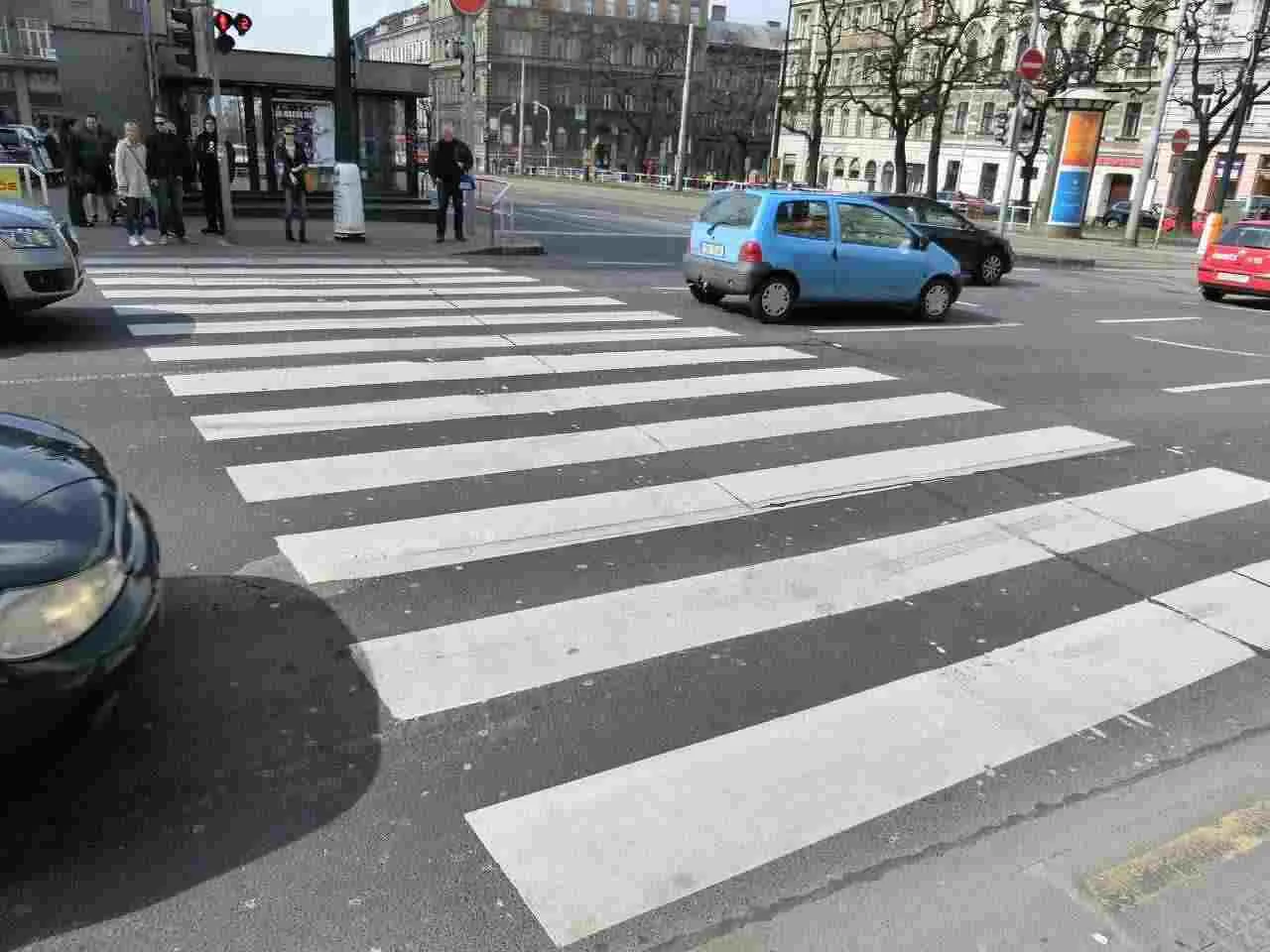
Comparative Fault in Las Vegas Pedestrian Accident Cases
As a bustling city with a vibrant atmosphere, Las Vegas sees a significant amount of pedestrian activity on its streets. Unfortunately, pedestrian accidents can and do occur, leaving victims with serious injuries and legal questions. In Nevada, as in many other states, the concept of “comparative fault” plays a crucial role in determining the outcome of pedestrian accident cases. In this blog post, we will explore what comparative fault means, how it impacts pedestrian accident cases, and what it means for both pedestrians and drivers involved in such incidents.
Understanding Comparative Fault
Comparative fault, also known as comparative negligence, is a legal principle that comes into play when determining liability in personal injury cases, including pedestrian accidents. Under this principle, the court evaluates the actions of all parties involved in an accident and assigns a percentage of fault to each party based on their respective contributions to the incident.
In Nevada, the modified comparative fault rule is followed. According to this rule, a victim can still recover damages from the at-fault party, even if the victim is partially at fault for the accident. However, there is a caveat: the victim’s fault cannot exceed 50%. If the victim’s fault is deemed to be 51% or more, they will be barred from recovering any damages from the other party.
How Comparative Fault Affects Pedestrian Accident Cases
In pedestrian accident cases, comparative fault can significantly impact the compensation that an injured pedestrian may receive. Consider the following scenarios:
- Pedestrian Fully At Fault: If the pedestrian is found to be entirely at fault for the accident—for instance, jaywalking across a busy street—the pedestrian may be unable to recover any damages from the driver, as their fault exceeds 50%.
- Shared Fault: In many cases, both the driver and the pedestrian may share some degree of fault for the accident. For instance, the driver may have been speeding, but the pedestrian may have crossed against the traffic signal. In such situations, the court will assign a percentage of fault to each party. If the pedestrian’s fault is less than 50%, they can still recover damages from the driver, but their compensation will be reduced proportionally to their degree of fault.
- Driver Fully At Fault: If the driver is found to be entirely at fault for the accident—for example, if they were driving under the influence of alcohol or distracted while behind the wheel—the pedestrian can recover full damages without any reduction.
Importance of Legal Representation
Navigating the complexities of comparative fault and its application in pedestrian accident cases can be challenging, especially when dealing with injuries and recovery. Seeking legal representation from an experienced personal injury attorney can significantly benefit the injured pedestrian. An attorney will investigate the accident, gather evidence, interview witnesses, and assess the extent of damages to build a strong case. They will also skillfully negotiate with insurance companies and represent the pedestrian’s best interests in court if a fair settlement cannot be reached.
Conclusion
In Las Vegas, pedestrian accidents can be devastating, both physically and legally. Understanding comparative fault is crucial for all parties involved, as it determines the allocation of liability and compensation in these cases. If you or someone you know has been injured in a pedestrian accident, seeking the guidance of an experienced personal injury attorney can help protect your rights and maximize your chances of receiving fair compensation. By navigating the legal complexities with the support of legal representation, injured pedestrians can focus on their recovery while pursuing the justice and compensation they deserve.